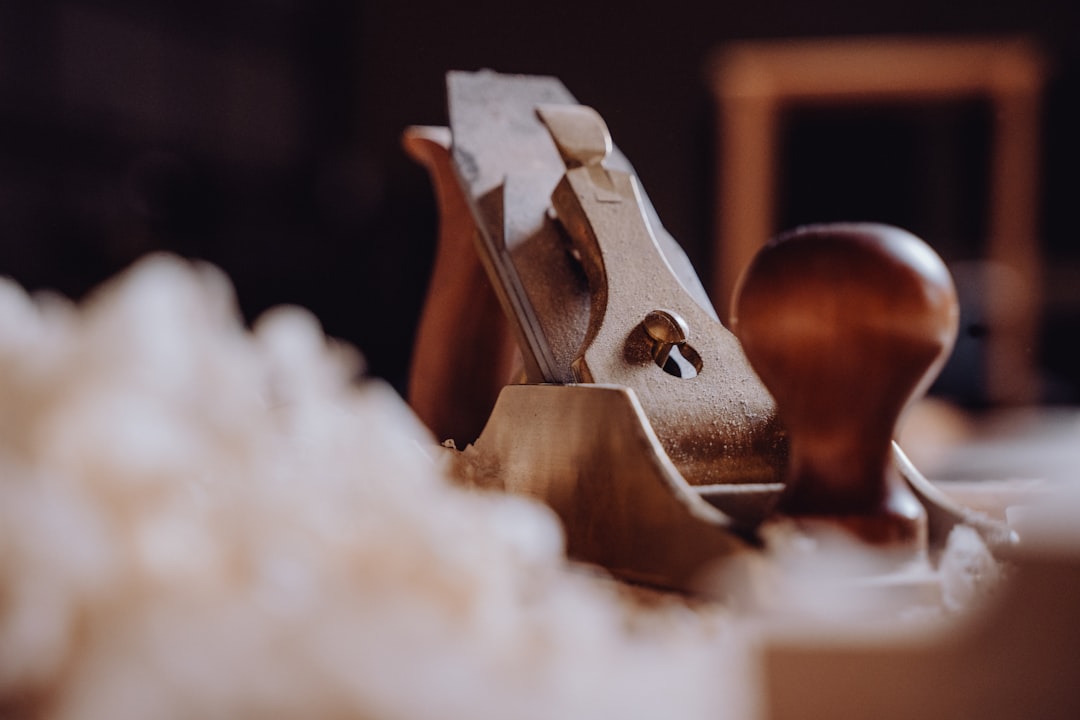Keeping the Edges Sharp.
The power of self accountability

The words most likely to instil terror in an employee is “I have some feedback for you”.
Feedback in an organisational setting is almost always about sanding down the jagged parts of our personality and behaviour in order that we “fit” better and deliver the performance required of us. I think that’s fine, with one condition; that we don’t take it personally. If we’re paid to fit in, then the feedback is valuable as long as use it to create the persona required of us at work and do not believe that it is who we are.
Because the edges, the parts of us that grate in the organisation, are what make us who we are. The feedback that the artisan pays attention to is from the “good work” they do that matters to them.
In good work, we occupy a frontier between what has been done and what is about to be done, both giving an almost an equal sense of satisfaction.
“Crossing the Unknown Sea. David Whyte. Page 309
It is the jagged edges that stop us from disappearing into the morass of mediocrity that is the acceptable “best practice” in the middle of the distribution curve, the place so valued by those who recruit and appraise us as employees.
Keeping the edges sharp is part of the work we do. Edges pick out what is important. They catch those otherwise easy-to-miss anomalies, like a knot in a piece of wood that an automatic lathe uses its power to subdue but which a skilled furniture maker harnesses as a feature.
Keeping the edges sharp is hard work. It means recognising the power of everything from bonuses to free muffins for what they are - not rewards for performance, but anaesthetic to ease the pain of compliance to what rubs against what our edges want to explore.
“I think the art world had more trouble with me being a potter than with my choice of frocks…if you call your pot “art” you are being pretentious, but if you call your shark “art” you are being philosophical”
Grayson Perry.
Keeping our artisanal edge sharp is a practice, like kata in martial arts, a painter looking after their brushes, or those in teaching wandering outside the requirements of the curriculum to whet the appetite of their pupil’s edges.
Practice is a ritual. Mine is what you are reading now, turning my early morning journaling into writing, resisting the digital exhortations of Grammarly (which I value) in order to shape what I write in a way that makes me sharpen my edges, all too often through things I recognise after hitting the “publish” button. Reading the work of those I admire, not to emulate but to understand what it is about a particular piece, paragraph or phrase that moves me.
Practice requires time and commitment, or, before we know it, the edges dull, and take a lot of time and hard work to recover. It’s better not to lose them.
So, whatever you are doing as you read, or listen to this, please look after your edges.
We need them.
Footnote: I’m currently reading Christopher Frayling’s excellent “On Craftsmanship”, and a comment on page thirteen resonated. I adapt it here.
A reliance on process in organisations turns craft into an acronym for “Can’t Remember A F….g Thing” :-)


Me neither- although the for me, the longer it went, the greater the gap, and the more the awareness until it asked the question “is this who you want be remembered as?” At which point, it was easy....
"to create the persona required of us at work"
I never thought about my corporate career as living the life of a persona that had been created over a long period of time. It was in no way all bad, it simply wasn't me. And yes, you are absolutely right by saying that this was a requirement to survive in the organisation. Great insight, Richard, as always.